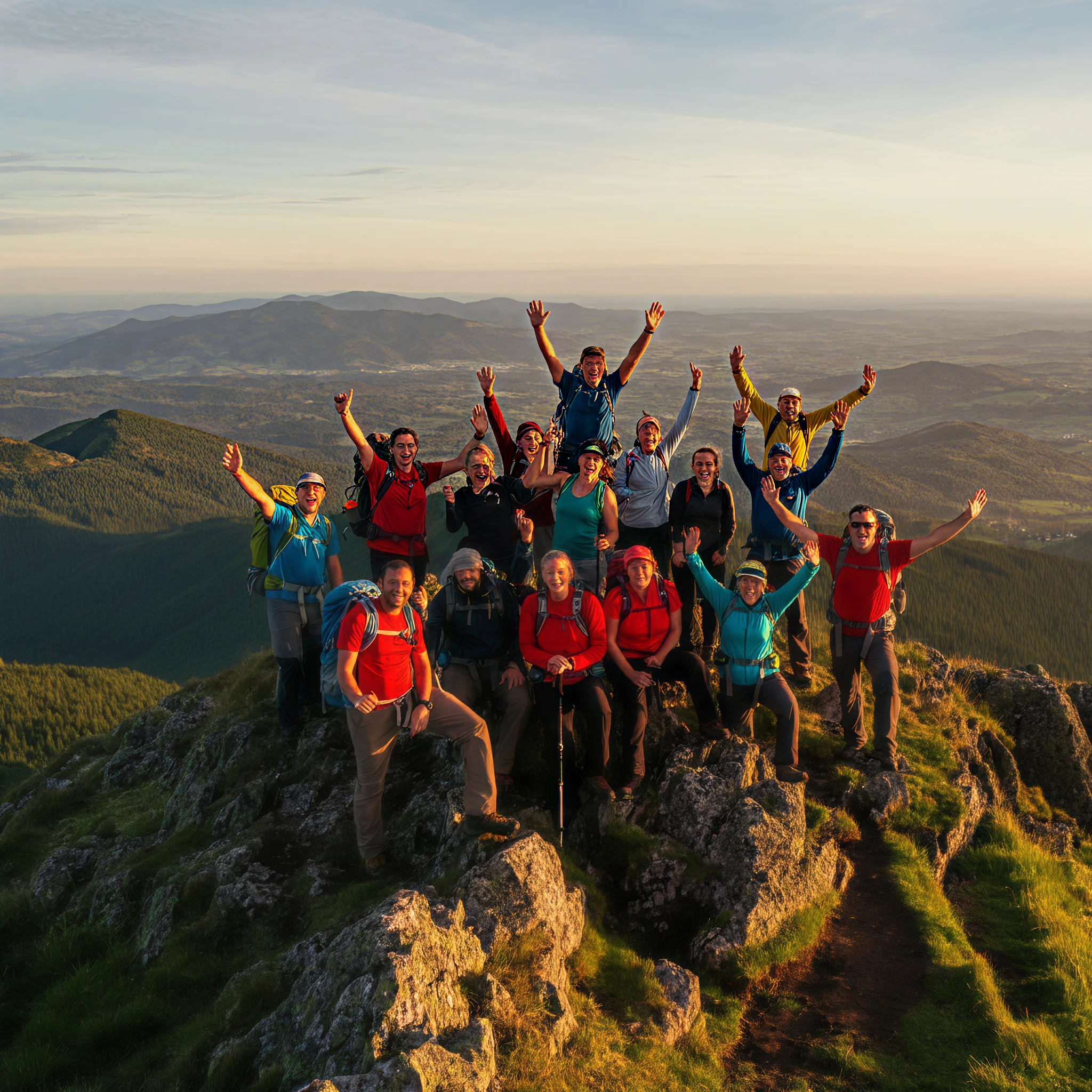There’s nothing quite like the thrill of standing atop a mountain summit, your body invigorated by the climb and your eyes capturing breathtaking views. Whether you’re an adventure seeker, hiking enthusiast, or nature lover, a mountain trip offers the perfect blend of excitement, serenity, and discovery.
In this guide, we’ll explore why mountain trips are so mesmerizing, the benefits of choosing this type of adventure, and key tips to plan an unforgettable experience.
Why Choose a Mountain Trip?
A mountain trip isn’t just about reaching the summit; it’s about the entire experience. From the crisp, clean air to the sounds of nature and the sense of accomplishment once you’ve conquered the climb, mountain trips have an almost meditative allure.
Here’s why mountain trips stand out as the ultimate adventure for thrill-seekers and nature enthusiasts alike.
1. Explore Diverse Terrains
Mountains around the world offer vastly different terrains, catering to every adventurer. Deep forests, icy glaciers, rocky ridges, and lush meadows are just some of the spectacular environments you’ll trek through. Imagine climbing Mount Fuji in Japan and walking through dense woodland before emerging to volcanic rock, or hiking Ben Nevis in Scotland with its sprawling views of the Scottish Highlands.
2. Views That Take Your Breath Away
There’s a reason climbers never forget their first summit. The views from up high are often unmatched in beauty. Sweeping landscapes, sunrises peeking over mountain ridges, and star-filled skies at night create memories that last forever. Peaks like Everest, Kilimanjaro, or even Mont Blanc offer dramatic vistas most people only dream of.
3. Physical and Mental Challenges
Mountain trips require a healthy mix of endurance, resilience, and technical skill — making the reward even more fulfilling. They test both your body and mind, helping you push through challenges you might not have thought you could conquer.
Benefits of Going on a Mountain Trip
1. Mental Reset: Leaving the noise of urban life and immersing yourself in nature provides a calming psychological detox.
2. Physical Fitness: Hiking, climbing, and even camping improve stamina, strength, and overall health.
3. Cultural Enrichment: Many trails and regions are rich in history or local significance. Places like the Matterhorn and Mount Rainier offer not only incredible scenery but stories that enrich the experience.
4. Connection with Community: Whether you’re trekking solo or with a group, mountain trips bring people together. From guides sharing expertise to fellow trekkers cheering each other on, there’s a profound sense of unity.
How to Plan Your Mountain Trip
Preparing for a mountain trip can seem daunting, especially if it’s your first. But with the right approach, you’ll ensure a safe and enjoyable adventure.
Step 1: Choose the Right Destination
Your destination sets the tone for your entire trip. Consider factors like your experience level, fitness, and the kind of environment you want to explore. First-timers might enjoy manageable climbs like Mount St. Helens, while seasoned climbers may aim for more technical peaks like Aconcagua or Denali.
Step 2: Hire a Certified Guide
If you’re new to mountain climbing or tackling a challenging route, we highly recommend hiring a certified guide. Guides provide invaluable local knowledge, safety tips, and logistical planning. Platforms like Explore-Share connect you with experienced guides worldwide.
Step 3: Pack Wisely
The right gear can make or break your adventure. Essentials include durable hiking boots, weather-appropriate clothing (layers are key!), navigation tools, and ample food and water. Don’t forget must-have safety equipment such as a first aid kit, a headlamp, and, for snow-covered peaks, crampons and an ice axe.
Step 4: Train in Advance
Even moderate mountain trips can push you physically. Build your endurance with cardio workouts like running or cycling. Strength training for your legs and core muscles will also prepare you for uneven and steep terrains.
Step 5: Understand the Weather
Mountain weather changes rapidly. Do your research on seasonal conditions and check forecasts leading up to your trip. Flexibility in planning might mean the difference between a pleasant climb and a dangerously treacherous one.
Step 6: Stay Safe and Respect Nature
Conservation isn’t just for seasoned mountaineers. Follow the “Leave No Trace” principles to protect the environment. Also, never underestimate the importance of acclimatization when climbing high-altitude peaks. Take your time, and listen to your body.
Destinations to Add to Your Bucket List
If you’re ready to explore the mountains, here are six must-visit peaks to inspire your next adventure.
- Mount Kilimanjaro (Tanzania): The highest mountain in Africa, Kilimanjaro offers stunning views and various routes for climbers of all levels.
- Mont Blanc (France): Western Europe’s tallest mountain is a perfect mix of challenge and reward with its breathtaking alpine views.
- Mount Fuji (Japan): This iconic peak boasts a unique volcanic charm and attracts climbers from all over the world.
- Matterhorn (Switzerland): One of the Alps’ most photographed peaks, perfect for adventurers seeking steep climbs and stunning vistas.
- Mount Rainier (USA): Known for being one of the most beautiful and accessible peaks in North America.
- Aconcagua (Argentina): The tallest peak in the Western Hemisphere, offering a thrilling challenge for seasoned climbers.
Why a Mountain Trip Is Perfect for You
A mountain trip is more than just a physical activity; it’s a transformational experience that pushes your boundaries, connects you with the natural world, and fills you with a sense of achievement. Whether you’re an experienced climber or a first-timer, there’s a mountain calling your name.
Start planning your adventure today. Explore options, connect with local guides, and prepare to experience the beauty of the mountains like never before.
Remember, the only thing standing between you and the summit is the first step. Where will your next mountain trip take you?








